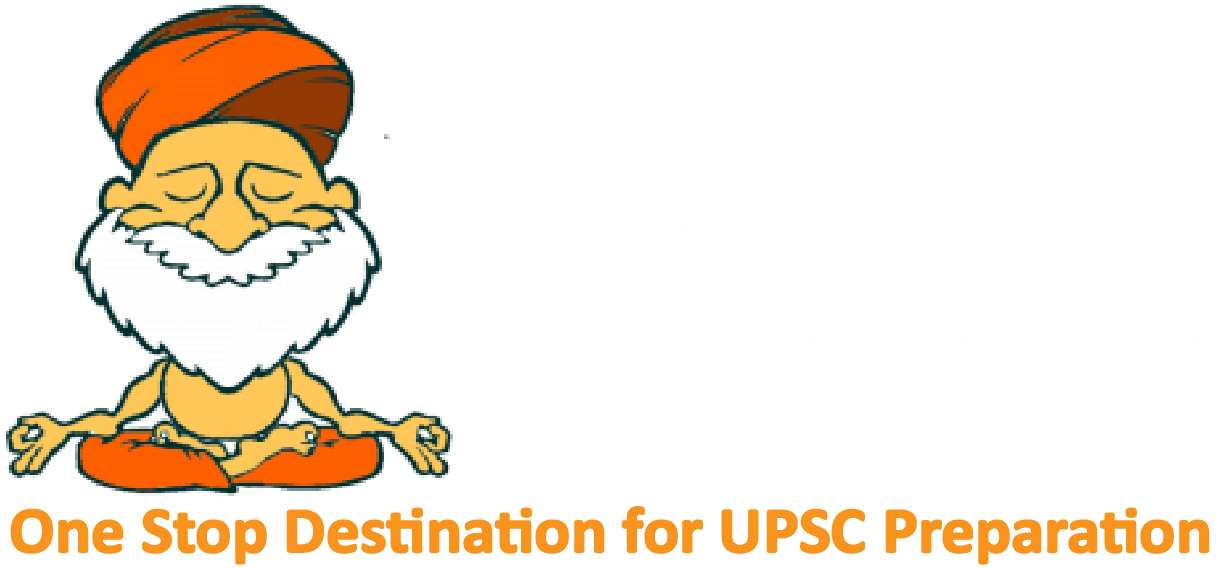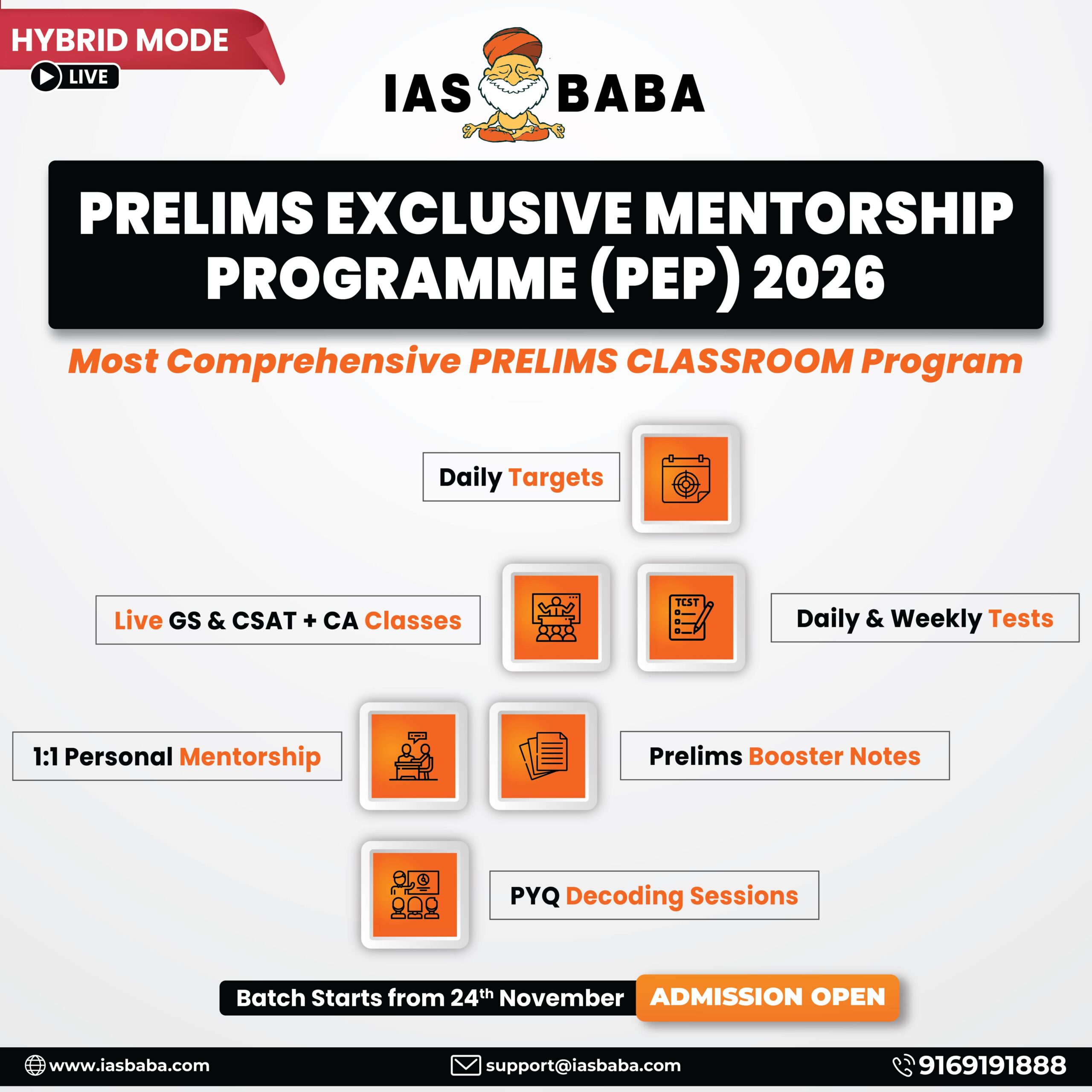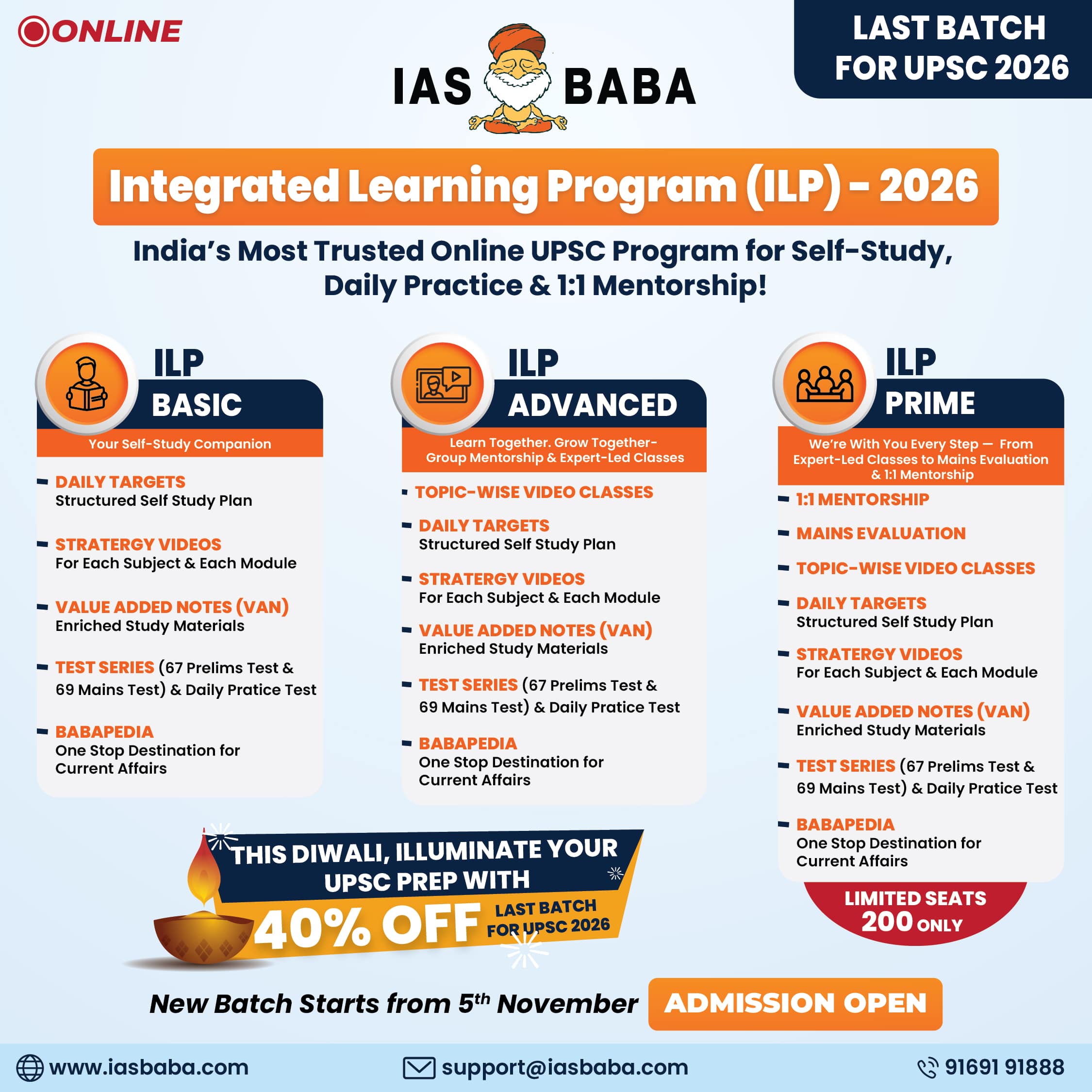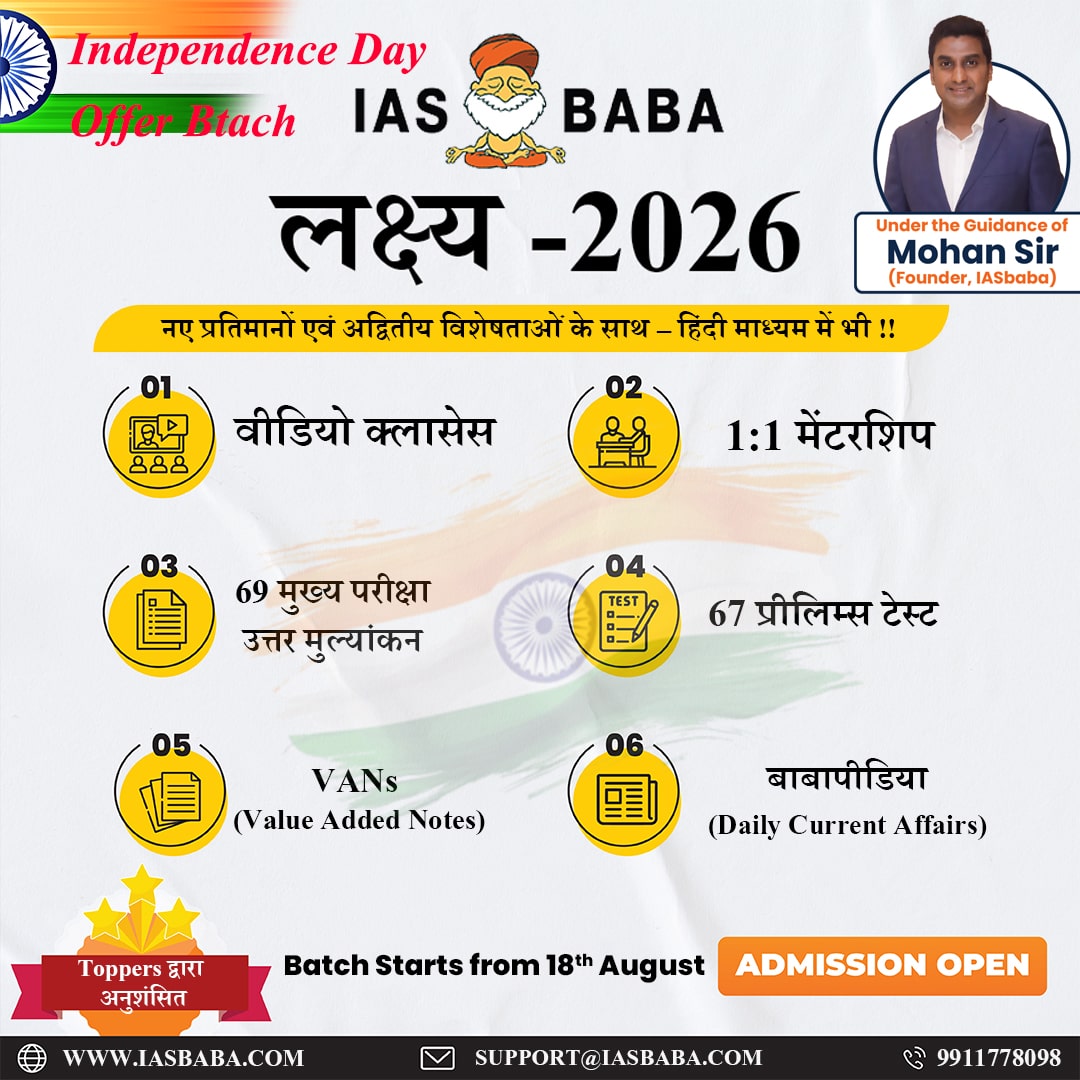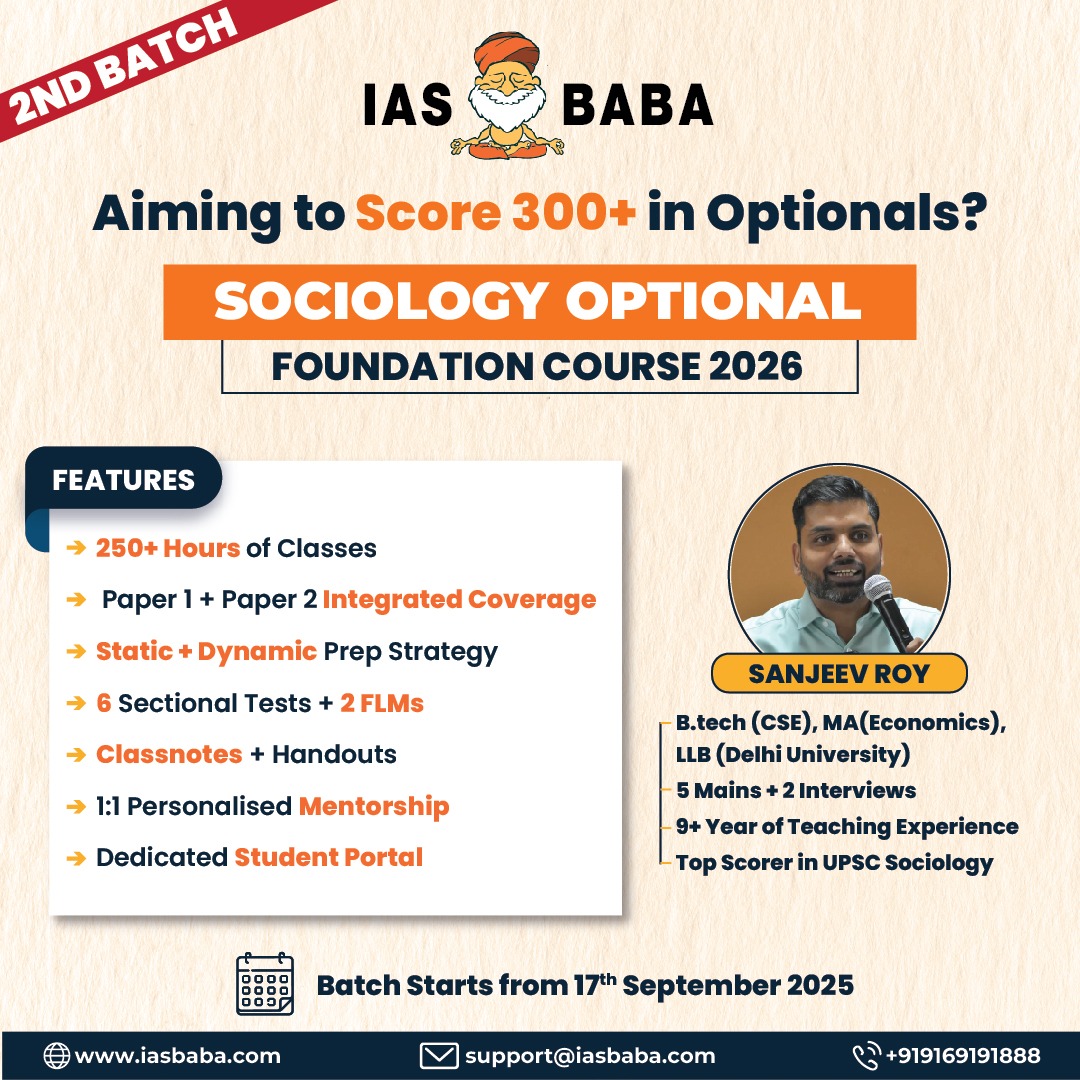UPSC Articles
Jal Jeevan Mission (JJM)
Part of: GS-Prelims and GS-II – Government Schemes and Programmes; Governance issues
About Jal Jeevan Mission (JJM)
- In August, 2019, Government of India launched Jal Jeevan Mission (JJM).
- JJM aims at providing potable water at service level of 55 litre per capita per day (lpcd) to every rural household through Functional Household Tap Connection (FHTC) by 2024.
- The fund sharing pattern between the Centre and states is 90:10 for Himalayan and North-Eastern States, 50:50 for other states, and 100% for Union Territories.
Why JJM is in news?
- There has been a 45% shortfall in financing the JJM by both the Centre and the States in its first year of 2019-20. Similarly, in 2020-21 as well, there has been a 32% shortfall at the Central level.
- Only 18% of households are currently covered.
- So, Jal Shakti Ministry is pitching for additional funding of Rs. 82,000 crore from the 15th Finance Commission for the project.
- Jal Shakti Ministry to release grants or funds to the panchayats, to ensure that they follow the JJM’s five-year village action plans (VAP). (Criticism – It doesn’t empower panchayati raj institutions and against the decentralisation process)
Do you know?
Every village will prepare a Village Action Plan (VAP) which will have three components:
- Water source and its maintenance
- Water supply and
- Grey-water (domestic wastewater) management.
For more, refer: http://jaljeevanmission.gov.in/

